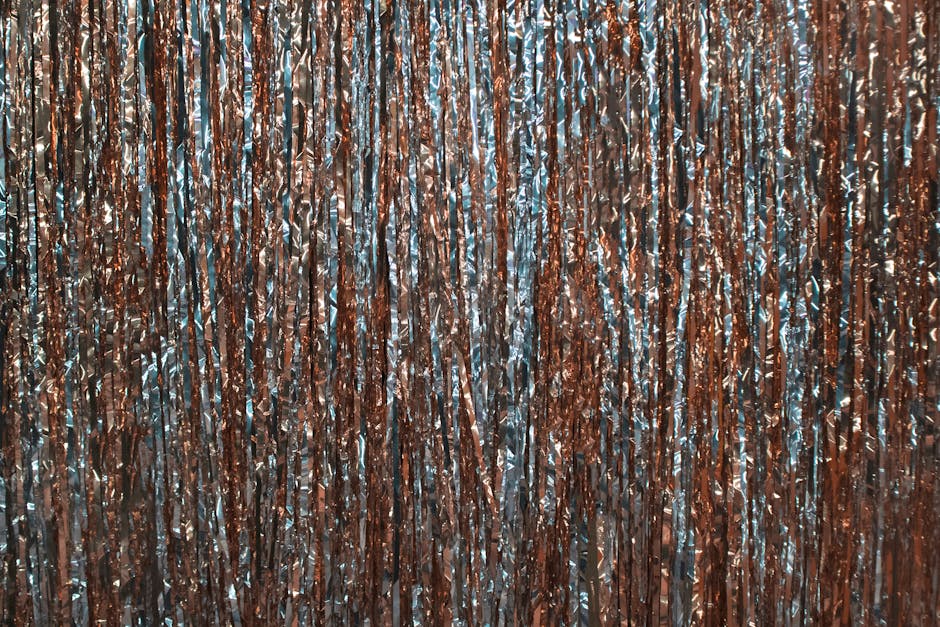Understanding filler reversal
Filler reversal involves using injections to dissolve hyaluronic acid fillers. Typically, an enzyme called hyaluronidase is injected into the area with filler to break it down. Results can be seen within a few days. This procedure is considered safe and effective, with minimal risk of complications when performed by a trained professional. Filler reversal can help correct overfilled or misplaced filler, providing a quick solution for those unhappy with their filler results.
Common reasons for filler removal
Many people consider filler removal for reasons like dissatisfactory results, adverse effects, or changes in personal preferences. Factors such as product complications, injection technique, or a desire to restore a more natural appearance can lead individuals to seek filler reversal treatments.
Risks associated with fillers
Fillers can bring about risks despite being generally safe. Some common risks associated with filler treatments include redness, swelling, itching, and bruising at the injection site. Over time, fillers can also lead to lumps, bumps, or even allergic reactions. In rare cases, serious complications such as infection or vascular occlusion may occur. Be sure to discuss all potential risks with your healthcare provider before proceeding with filler treatments.
Comparison of filler reversal techniques
Filler reversal techniques vary in effectiveness and duration. Hyaluronidase is a popular enzyme used to dissolve hyaluronic acid fillers quickly. On the other hand, laser treatments break down the filler molecules, gradually fading the filler’s effects. Each technique has its pros and cons, so it’s essential to consult a professional to determine the best method for your specific situation.
Expert insights on filler reversal treatments
Expert insights on filler reversal treatments are crucial when considering this procedure. Reversing fillers is a specialized process that requires skill and knowledge. Dermal fillers used for cosmetic enhancements can be dissolved using specific enzymes like hyaluronidase. It is essential to consult with a qualified professional for a personalized treatment plan.
The latest trends in filler removal
Most filler removal treatments now focus on dissolving hyaluronic acid fillers using an enzyme called hyaluronidase. This enzyme breaks down the filler quickly and effectively. Some specialists use microcannulas for more precise and less invasive filler removal. Additionally, new techniques like injecting saline solution into the filler can also help dissolve it faster. Be sure to consult with a qualified professional before undergoing any filler removal procedure.
Importance of consulting a professional
Always consult a professional before considering filler reversal treatments. Expert advice is crucial to assess your individual needs and provide safe and effective treatment options. Do not attempt DIY or unregulated methods, as they can lead to serious complications. Trusted professionals have the knowledge and experience to guide you through the process and ensure the best outcomes for your skin health.
Preparing for a filler reversal procedure
Before getting a filler reversal, it’s important to consult with a skilled dermatologist or plastic surgeon. They will assess your specific case and discuss the best options. Here are some general aspects to consider when preparing:
- Consultation: Schedule a consultation with a professional to evaluate your filler and skin condition.
- Expectations: Understand the expected results and potential risks involved in the reversal process.
- Aftercare: Be prepared for any post-procedure care instructions and follow them diligently for optimal results.
- Cost: Remember to inquire about the cost of the procedure and any potential follow-up appointments.
- Recovery: Plan accordingly for the recovery period, considering any possible downtime or side effects post-reversal.
Post-treatment care for filler removal
After getting filler removal treatment, it’s essential to follow these post-treatment care tips:
- Avoid touching or massaging the treated area to prevent swelling or bruising.
- Apply ice packs to reduce any swelling or discomfort.
- Stay hydrated to promote healing and maintain skin health.
- Follow your dermatologist’s instructions on skincare products to use or avoid.
- Avoid direct sunlight and use sunscreen to protect your skin.
- Be gentle with your skin during the healing process to help achieve the best results.
Summary of key takeaways
Filler reversal treatments have become increasingly popular due to their ability to correct unwanted results from previous filler injections. Key takeaways from expert insights include the importance of seeking an experienced practitioner for filler reversal procedures, understanding the techniques used for dissolving fillers, and managing expectations regarding the timeline and results of the reversal process. Expertise, technique, and realistic expectations are crucial factors to consider when pursuing filler reversal treatments.











